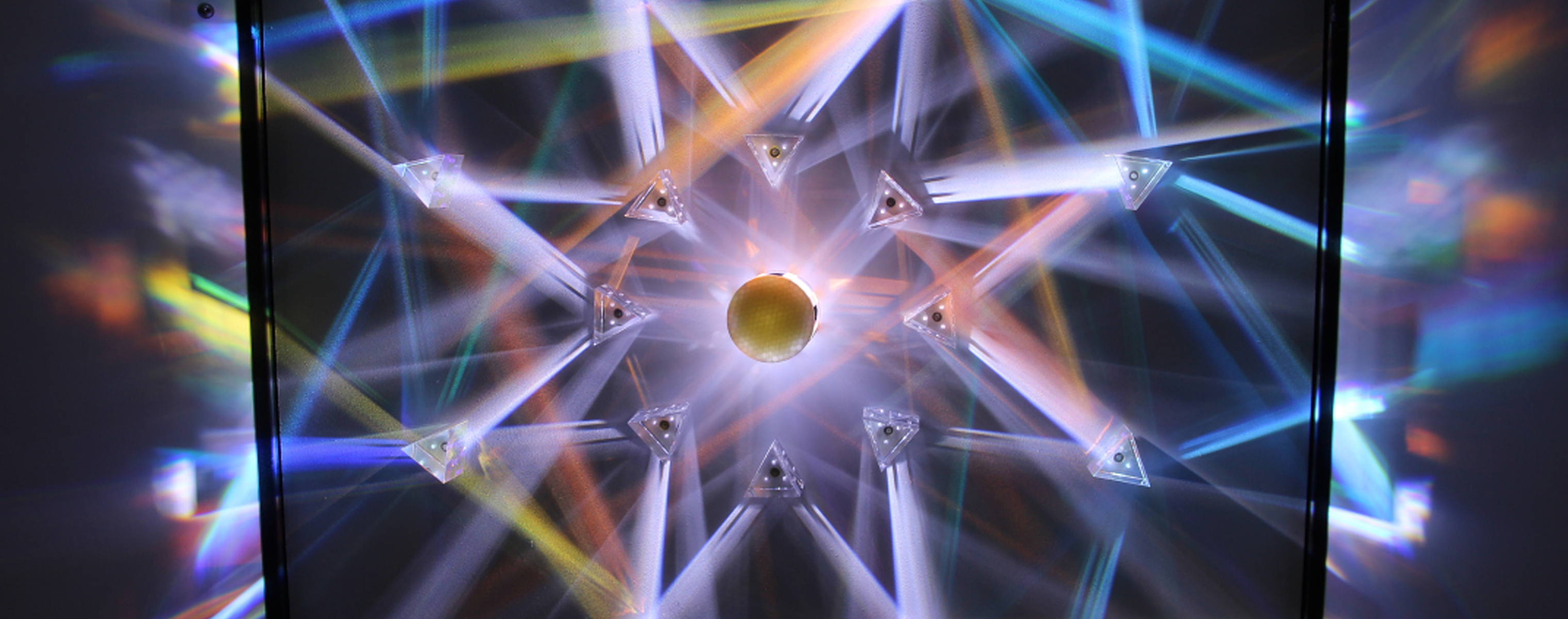In this short series, we speak to the designers and engineers who created our hero projects at Bett Show 2019 to find out how they built them and what problems they overcame.
The pi-top Light and Sound Machine is an interactive art installation featuring a wall of rotating prisms which create dynamic and spectacular lighting effects. The project was built by two of our software developers, Angus and Olivier.
"One of the biggest problems we had when developing it was getting the light bright enough and spreading it over a large enough area to be appropriate at Bett" says Angus. The problem was solved by putting the light in the centre so that it could cover the most space on either side and also by getting quite a powerful light and using the prisms effectively to split it."
The project took Angus and Olivier two weeks to build, and more than that for research and development. "The technology behind it is not that complicated. It's basically some prisms, motors, a couple of RGB light sensors, colour changing dichroic film, a theatre spotlight and a directional speaker. There's only about 30 or 40 lines of code. What took us most of the time was planning how to scale it up," explains Angus.
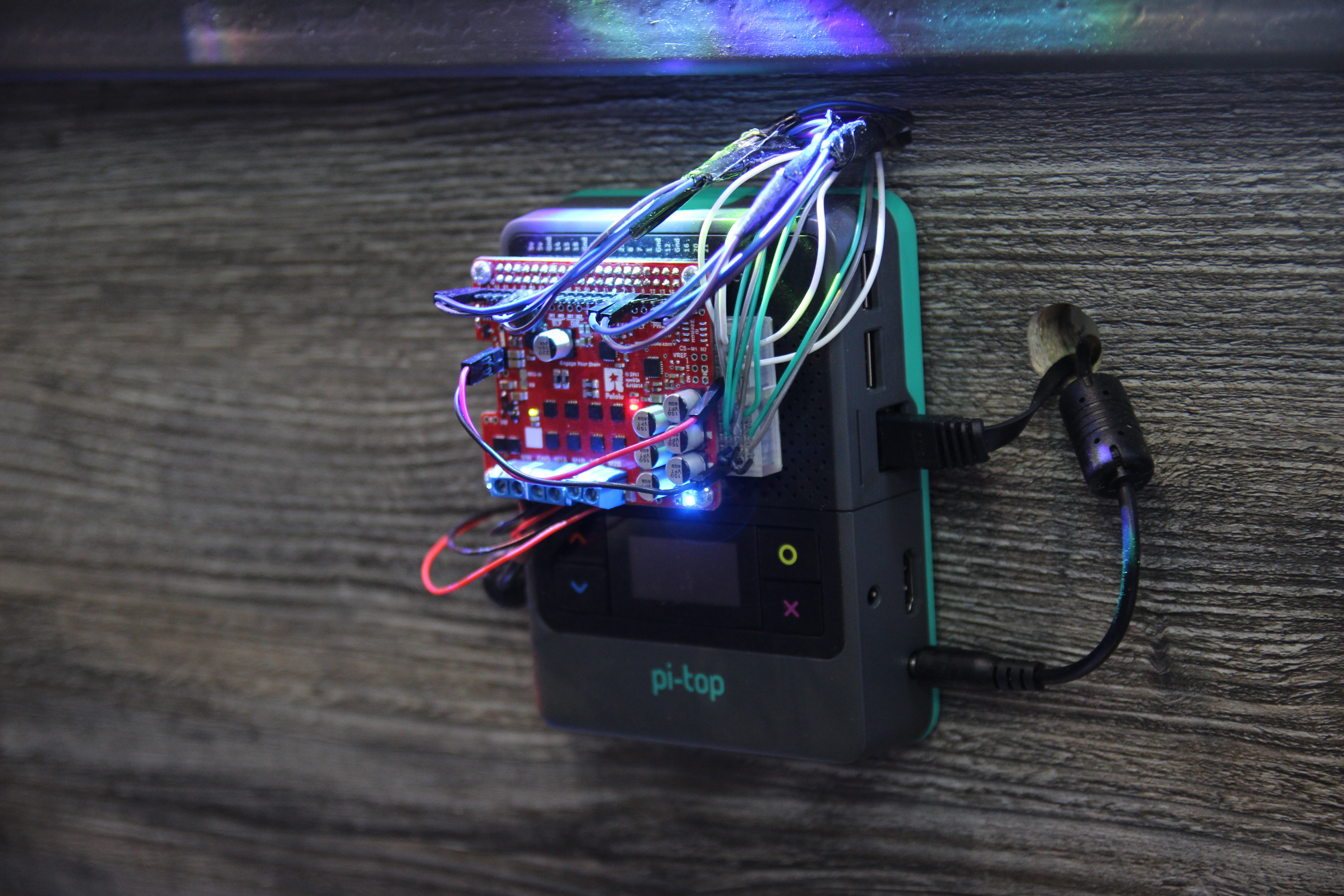
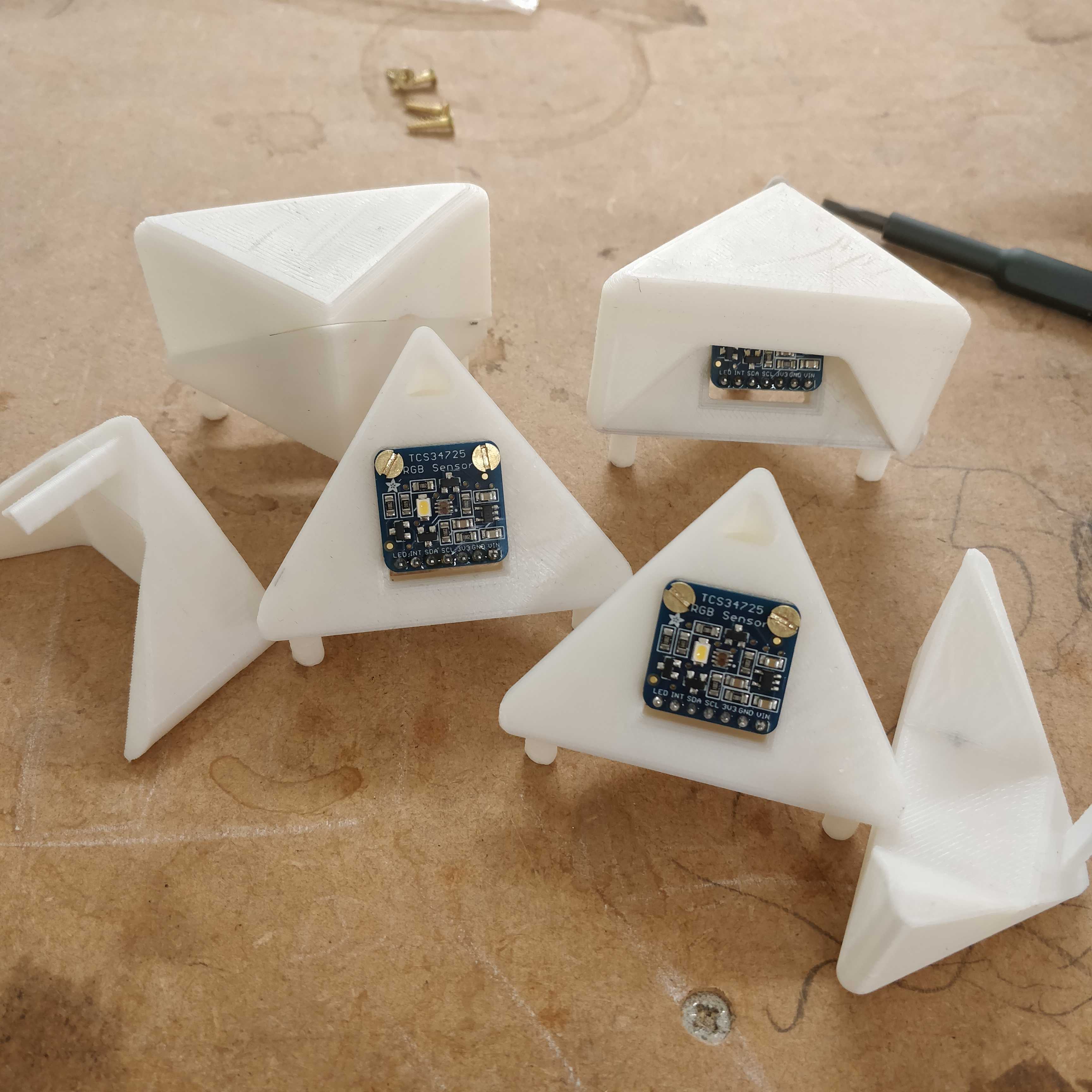

Beyond the pretty impressive visual effects, the lights also play an important role as they influence the music. To integrate sound and audio, the pi-top [4] sends sensor signals over ethernet into a MacBook that is running the Ablenton Live project. This then generates the music.
"Whilst it is fundamentally an art project, we combine ideas from optical physics, electronically synthesised music and of course of engineering, design, technology, and computer science skills in the construction," says Angus.
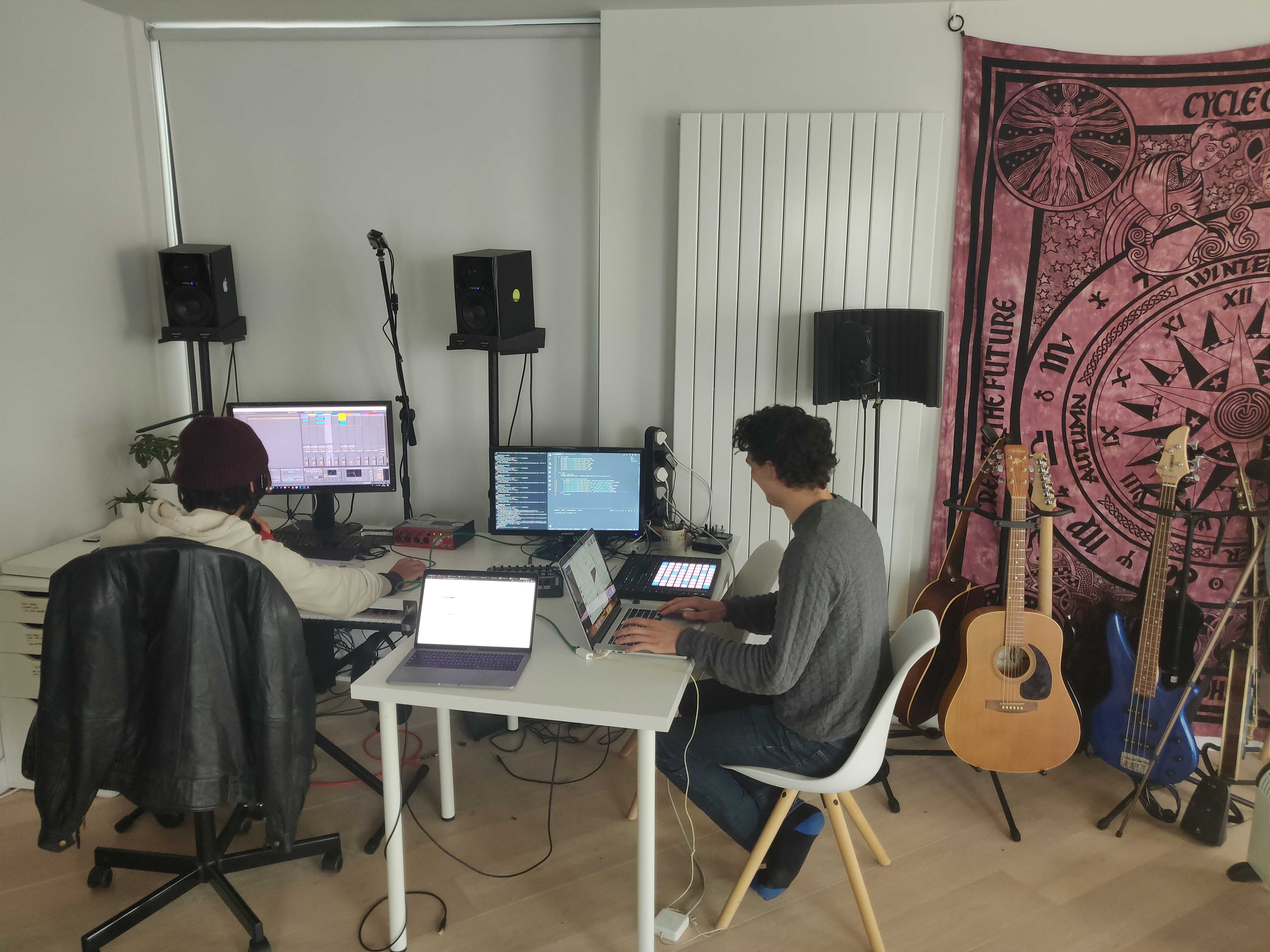
The installation was inspired by the light painting by Stephen Knapp, but both Angus and Olivier wanted it to be a dynamic version of it, and as Angus claims, they are already planning the next steps, "in terms of further development, it would have been nice for it to be more interactive. I think interactions like people being able to vary the speed of the prisms with a dial, or possibly tweak the light positioning. It would also be cool maybe for it to feedback on itself. So if the sound fed back into the light and then how that creates a feedback loop."
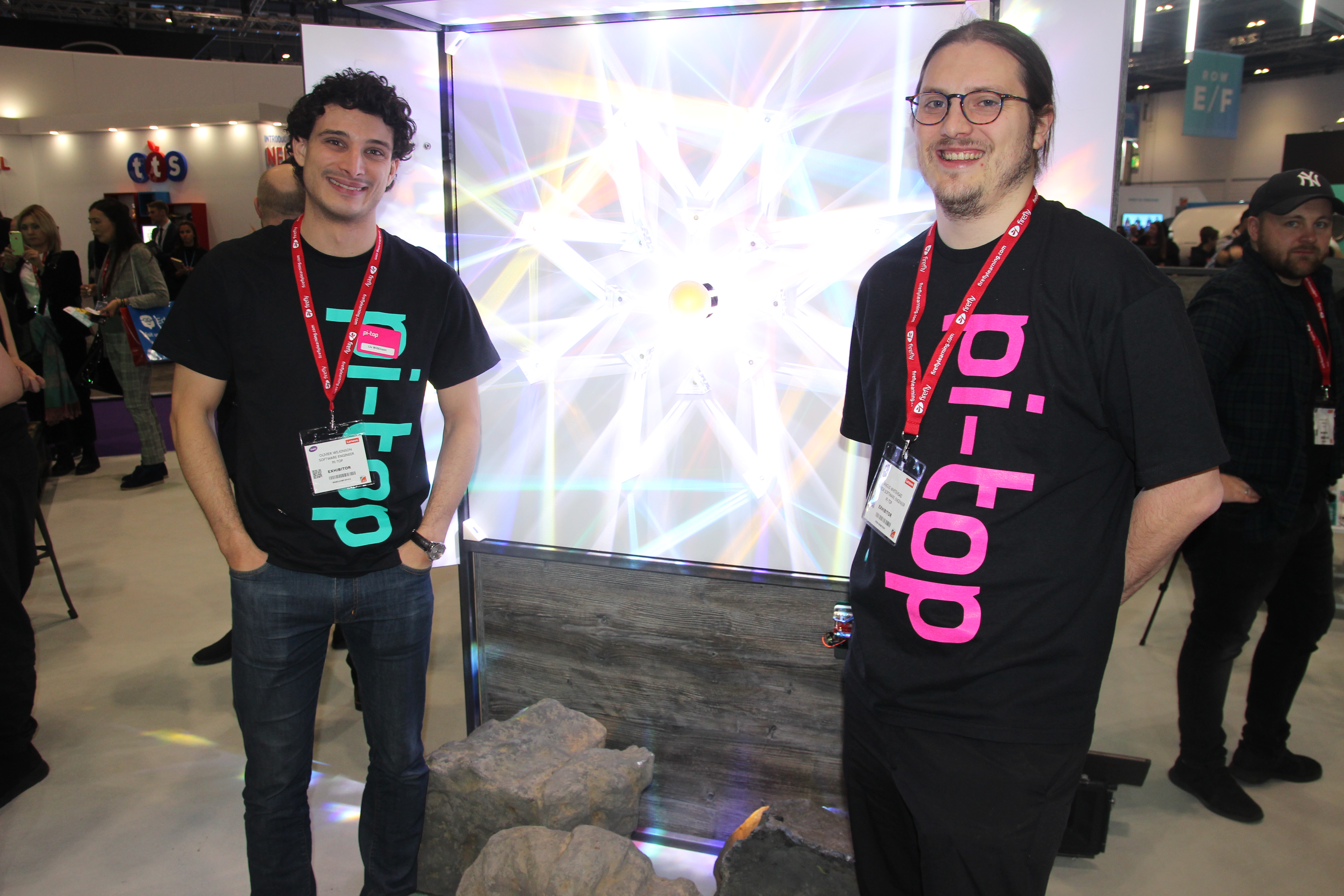
Want to find out more about our Bett hero projects? Check out how we built our mini Mars rovers.
